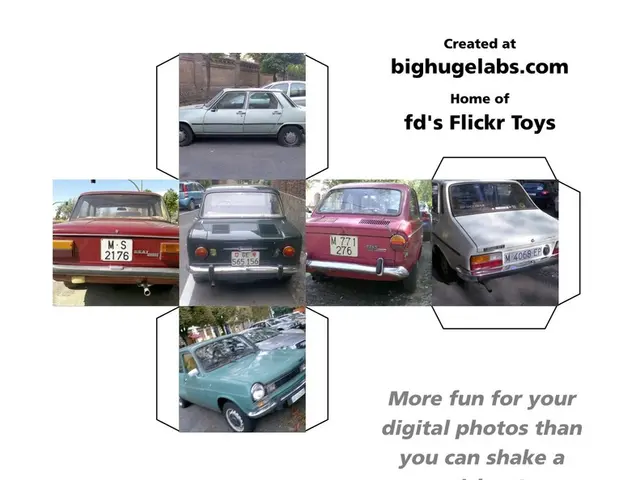Rapid Growth of the Food Processing Blades Market Predicted at 7.5% by 2034
The global Food Processing Blades Market is experiencing significant growth, with projections indicating that it will reach USD 2.5 billion by 2034. This expansion is primarily driven by the rising demand for processed and convenience foods, as well as technological advancements in the industry.
In the Asia Pacific region, the market accounted for a 42.8% share, valued at USD 0.5 billion, in 2024. This region is expected to continue its dominance, with the growth fueled by urbanization, population growth, and rising demand for packaged and ready-to-eat foods.
One of the key factors contributing to this growth is the increasing investments in modern food manufacturing facilities and widespread adoption of automation technologies. This has boosted the demand for high-performance blades in the region.
In 2024, protein processing led the Food Processing Blades Market with a 56.9% share. Slicing applications followed closely, accounting for a 26.7% share. Notably, straight blades held a leading 46.3% share, while stainless steel blades captured a 39.1% share in the market.
Innovations in adjacent sectors, such as metal powder production, are also playing a role in this growth. For instance, AM 4 AM raised €1.3 million to expand metal powder production, indirectly supporting advanced manufacturing technologies relevant to blade production.
Several companies are also making strides in the market. Urschel Laboratories, Inc. has refined the shear-type cutting blades used in their Comitrol processors, focusing on ultra-hygienic design and specialized stainless steels. Fortifi has integrated its REELSPLICE technology into blade systems for continuous food processing lines, while Dexter Russell has introduced new ergonomic handle designs for its San-Safe series of food processing knives and blades.
Government-backed initiatives aimed at improving food safety and hygiene standards have also driven processors in the Asia Pacific region to adopt stainless steel and advanced coated blades. Companies like M.K. Morse have developed new food-grade bandsaw blades featuring a specialized Bi-Metal construction, and Simonds International has expanded its CEBL XR bandsaw blade line, specifically engineered for high-performance meat and poultry cutting.
However, the company that conquered the market for nip assemblies for precision cuts valued at 54 million USD in 2024 remains unspecified in available sources.
Silo secured USD 32 million in funding to strengthen financial management systems, indicating a commitment to maintaining the growth trajectory of the Food Processing Blades Market. The market is expected to grow at a Compound Annual Growth Rate (CAGR) of 7.5% from 2025 to 2034.
In conclusion, the Food Processing Blades Market is witnessing robust growth, particularly in the Asia Pacific region. With continued investments, technological advancements, and government initiatives, this trend is expected to continue in the coming years.
Read also:
- Daily Digest for July 28: Launch of Kinetic DX, Expansion of BYD's Indian operations, Steelbird's production goals, along with other updates...
- Redesigning Traditional Assembly Process for Electric Vehicles by Ford
- Zebra Ventures Provides Funding for RFID Technology in Software Development, as Reported by Xemelgo
- Enhancements for Energy Conservation in Large-scale Equipment Usage








